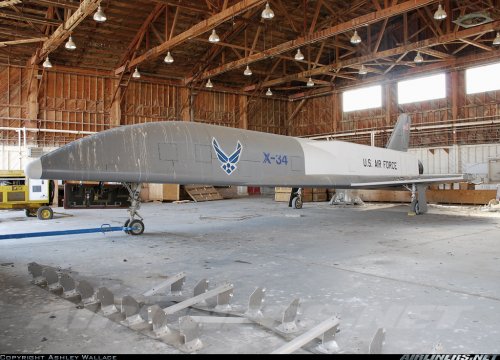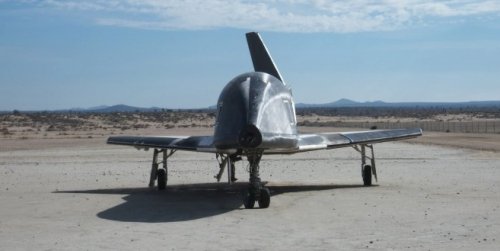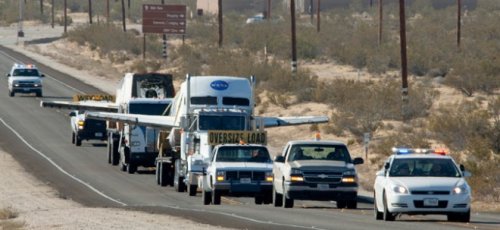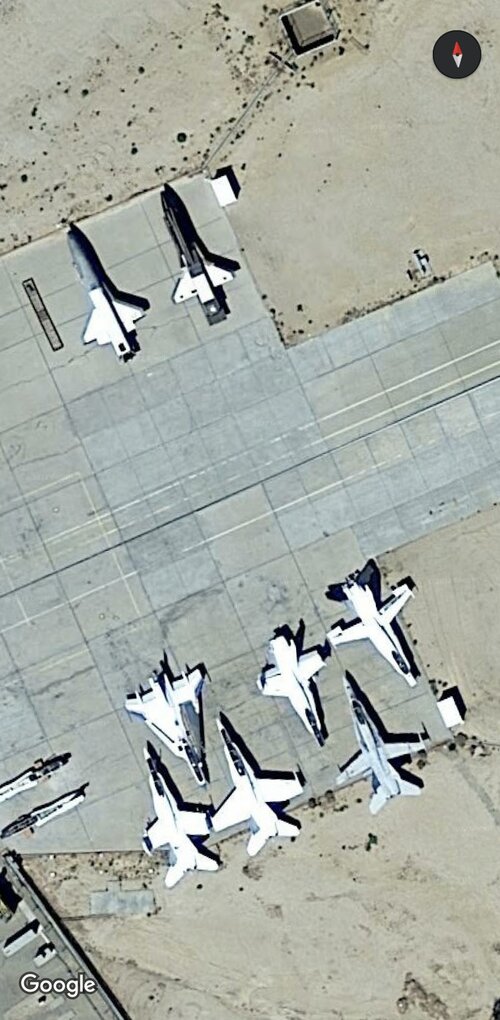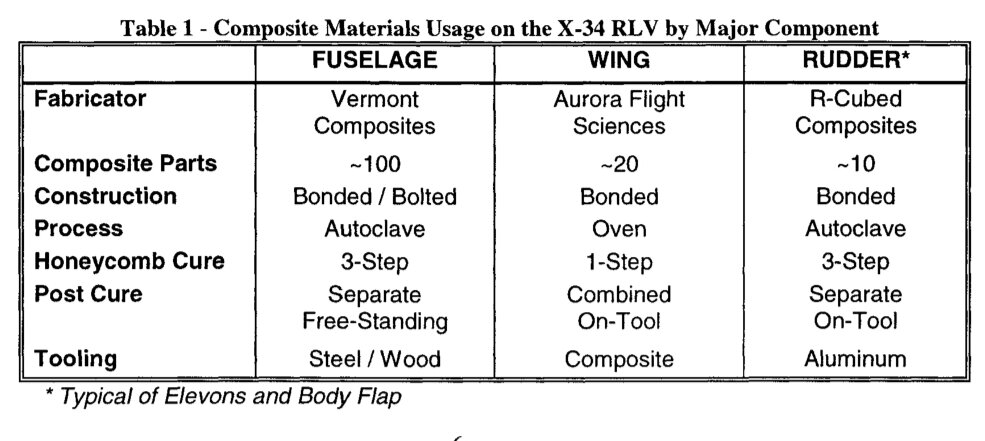- Joined
- 26 October 2010
- Messages
- 152
- Reaction score
- 24
The two X-34s which have been in storage at NASA's Dryden Flight Research Center since the hypersonic spaceflight programme was cancelled in 2001 were moved overnight on 16 November to a hangar owned by the National Test Pilot school in Mojave, California to be inspected by Orbital Sciences Corp for a possible return to flying status, the agency says. Orbital will reportedly determine whether the X-34s are still viable as technology demonstrators for reusable space vehicles.
From a NASA fact sheet on the X-34: (http://www.nasa.gov/centers/dryden/news/FactSheets/FS-060-DFRC.html)
“A joint NASA/Orbital Sciences Corporation review of the project in 2000 revealed the need to redefine the project's approach, scope, budget and schedule. Among risks identified were inadequate system testing, single-string avionics, and the lack of auto-land validation. To ensure safety and mission success of the X-34 would have required increased government technical insight, hardware testing and integrated systems assessments.
As a result, the projected cost of completing the X-34 program at an acceptable level of risk rose significantly above the planned budget. NASA determined that the benefits to be derived from continuing the X-34 program did not justify the cost, and that Space Launch Initiative (SLI) funds should be applied to higher priority needs.
In March 2001 NASA announced that no funds for the X-34 program under the SLI would be provided, and the cooperative agreement between NASA and Orbital Sciences Corp. of Dulles, Va., for the X-34 program expired on March 31, 2001. The two completed X-34s and components for the third vehicle were transferred in 2002 to the U.S. Air Force and placed in long-term storage pending use for potential future testing or display at the Edwards Air Force Base museum.”
From a NASA fact sheet on the X-34: (http://www.nasa.gov/centers/dryden/news/FactSheets/FS-060-DFRC.html)
“A joint NASA/Orbital Sciences Corporation review of the project in 2000 revealed the need to redefine the project's approach, scope, budget and schedule. Among risks identified were inadequate system testing, single-string avionics, and the lack of auto-land validation. To ensure safety and mission success of the X-34 would have required increased government technical insight, hardware testing and integrated systems assessments.
As a result, the projected cost of completing the X-34 program at an acceptable level of risk rose significantly above the planned budget. NASA determined that the benefits to be derived from continuing the X-34 program did not justify the cost, and that Space Launch Initiative (SLI) funds should be applied to higher priority needs.
In March 2001 NASA announced that no funds for the X-34 program under the SLI would be provided, and the cooperative agreement between NASA and Orbital Sciences Corp. of Dulles, Va., for the X-34 program expired on March 31, 2001. The two completed X-34s and components for the third vehicle were transferred in 2002 to the U.S. Air Force and placed in long-term storage pending use for potential future testing or display at the Edwards Air Force Base museum.”

